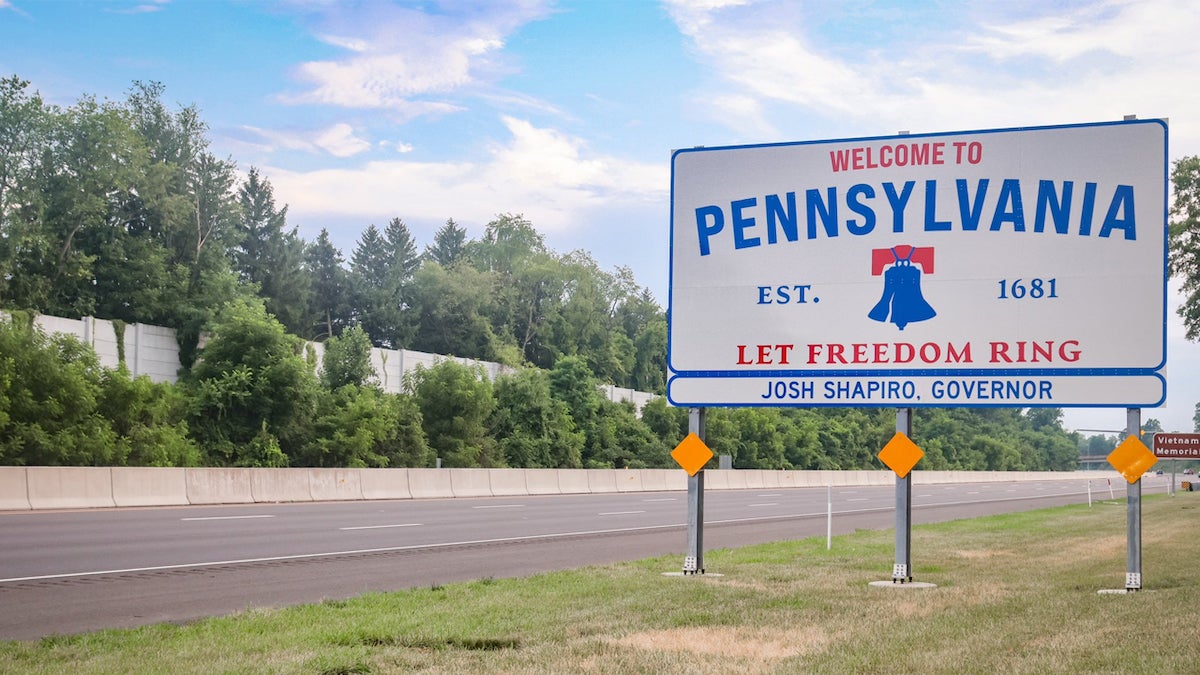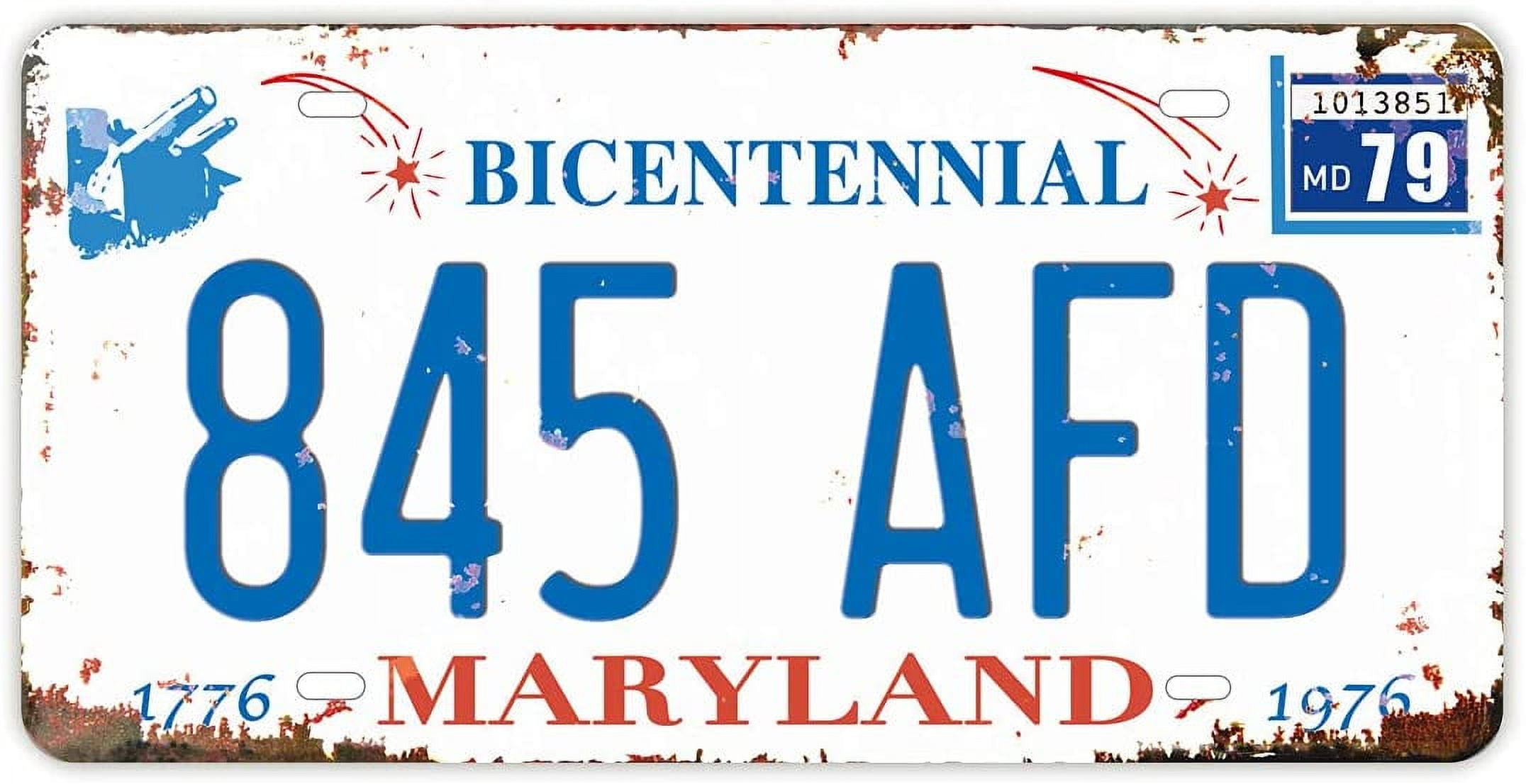PA License Plate Design and Features

Pa license plate – Pennsylvania license plates feature a distinctive design that incorporates a combination of colors, graphics, and security elements. The overall layout of the plate consists of a white background with blue lettering and a blue Keystone symbol at the left end.
The colors used on the license plate hold symbolic meanings. The white background represents purity and simplicity, while the blue lettering signifies vigilance, justice, and perseverance. The blue Keystone symbol, a prominent feature of the Pennsylvania state flag, represents the state’s role as the “Keystone State” in the formation of the United States.
Security Features
To prevent counterfeiting and enhance security, Pennsylvania license plates incorporate several advanced security features. These include:
- Reflective Sheeting: The plate’s surface is made of reflective sheeting, which enhances visibility and makes it easier to read from a distance.
- Holograms: Holograms are embedded into the plate’s design, displaying the state seal and the year of issuance. These holograms are difficult to replicate, providing an additional layer of security.
- Watermarks: The plate also features watermarks, which are visible when held up to a light source. These watermarks include the state’s name and the year of issuance.
- Microprinting: Microprinting, consisting of tiny, laser-etched letters and numbers, is incorporated into the plate’s design. This microprinting is difficult to reproduce, further enhancing the plate’s security.
PA License Plate Issuance and Regulations

Obtaining a Pennsylvania license plate involves several steps and requirements. Firstly, you must have a valid driver’s license and proof of insurance. You will then need to visit a local PennDOT office to complete an application form and provide the necessary documentation. Once your application is processed, you will be issued a temporary license plate. The permanent license plate will be mailed to you within a few weeks.
Fees and Taxes
The cost of a PA license plate varies depending on the type of plate you choose. Standard plates cost $35, while personalized plates cost $80. There is also an annual registration fee of $36. In addition, you will need to pay sales tax on the cost of the plate.
Rules and Regulations, Pa license plate
There are several rules and regulations regarding the display and use of PA license plates. All license plates must be clearly visible and unobstructed. The front license plate must be mounted on the front of the vehicle, while the rear license plate must be mounted on the back of the vehicle. It is illegal to display any other license plates on your vehicle. You must also keep your license plates clean and free of any alterations or modifications.
Pennsylvania license plates, a symbol of pride and identity for residents, are now easier to obtain than ever before. With the introduction of new pa license initiatives, the process of acquiring a license plate has been streamlined, making it more convenient for drivers across the state.
Despite these advancements, the essence of the Pennsylvania license plate remains unchanged, representing the rich heritage and spirit of its people.
The blue and gold of a PA license plate, a familiar sight on our roads, holds a unique charm. But have you ever wondered about the vibrant colors of an NJ license plate ? Its deep hues of red, white, and blue evoke a sense of patriotism and state pride.
While the PA license plate remains a symbol of our Keystone State, the NJ license plate adds a touch of variety to the tapestry of American roadways.